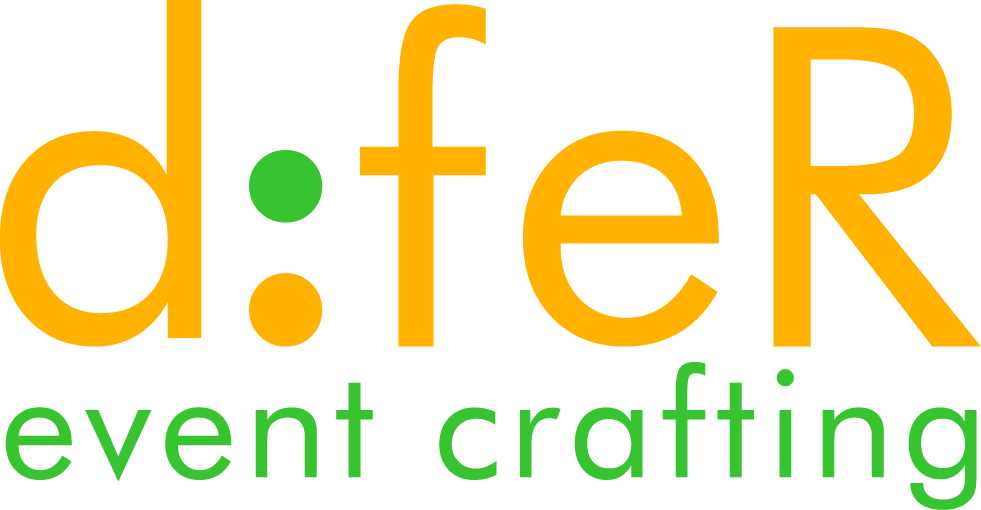Design thinking is a problem-solving methodology that focuses on understanding the user’s needs and challenges first. It’s a process that encourages creativity and innovation by emphasizing empathy, ideation, and experimentation. When applied to booth design, this approach ensures that the final product not only meets the functional requirements but also delivers a memorable experience that aligns with the brand’s values.
The role of design thinking in Booth Design
Empathy: Understanding the attendees
The first step in design thinking is to empathize with the end-users, in this case, the exhibition attendees. Understanding what they are looking for, what challenges they face, and what will catch their attention is crucial. This insight allows stand builders to create spaces that are not only visually appealing but also cater to the needs and expectations of the audience.
Ideation: Creativity in action
Once the needs are understood, the next phase is ideation—brainstorming creative solutions to address these needs. This is where innovative booth design concepts come to life. Whether it’s incorporating interactive elements, using sustainable materials, or creating immersive environments, the goal is to think outside the box and come up with ideas that will make the stand stand out.
Prototyping and testing: Refining the concept
After generating ideas, the next step is to prototype and test these concepts. This could involve creating digital models or small-scale physical versions of the stand. Testing these prototypes with a sample audience can provide valuable feedback, allowing designers to refine their ideas before full-scale production.
Implementation: Bringing the vision to life
The final stage of design thinking is implementation—translating the refined design into a physical stand. Here, collaboration between designers, stand builders, and clients is crucial to ensure that the final product not only looks great but also functions effectively within the exhibition space.
Empathy: Understanding the attendees
The first step in design thinking is to empathize with the end-users, in this case, the exhibition attendees. Understanding what they are looking for, what challenges they face, and what will catch their attention is crucial. This insight allows stand builders to create spaces that are not only visually appealing but also cater to the needs and expectations of the audience.
Ideation: Creativity in action
Once the needs are understood, the next phase is ideation—brainstorming creative solutions to address these needs. This is where innovative booth design concepts come to life. Whether it’s incorporating interactive elements, using sustainable materials, or creating immersive environments, the goal is to think outside the box and come up with ideas that will make the stand stand out.
Prototyping and testing: Refining the concept
After generating ideas, the next step is to prototype and test these concepts. This could involve creating digital models or small-scale physical versions of the stand. Testing these prototypes with a sample audience can provide valuable feedback, allowing designers to refine their ideas before full-scale production.
Implementation: Bringing the vision to life
The final stage of design thinking is implementation—translating the refined design into a physical stand. Here, collaboration between designers, stand builders, and clients is crucial to ensure that the final product not only looks great but also functions effectively within the exhibition space.
Why design thinking matters
Design thinking is important in booth design because it prioritizes the attendee’s experience, ensuring that every element of the stand serves a purpose. This approach leads to more engaging and effective exhibition spaces that can better communicate a brand’s message, attract visitors, and achieve business objectives.
